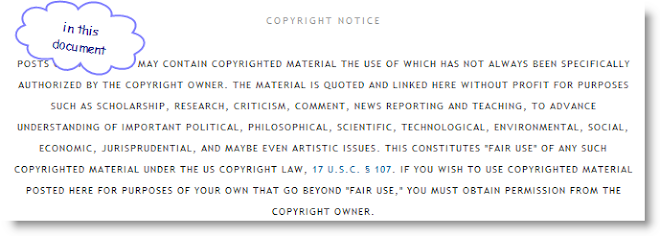One morning in late 1997, Stanley Miller lifted a glass vial from a cold, bubbling vat. For 25 years he had tended the vial as though it were an exotic orchid, checking it daily, adding a few pellets of dry ice as needed to keep it at –108 degrees Fahrenheit. He had told hardly a soul about it. Now he set the frozen time capsule out to thaw, ending the experiment that had lasted more than one-third of his 68 years.
Miller had filled the vial in 1972 with a mixture of ammonia and cyanide, chemicals that scientists believe existed on early Earth and may have contributed to the rise of life. He had then cooled the mix to the temperature of Jupiter’s icy moon Europa—too cold, most scientists had assumed, for much of anything to happen. Miller disagreed. Examining the vial in his laboratory at the University of California at San Diego, he was about to see who was right.
As Miller and his former student Jeffrey Bada brushed the frost from the vial that morning, they could see that something had happened. The mixture of ammonia and cyanide, normally colorless, had deepened to amber, highlighting a web of cracks in the ice. Miller nodded calmly, but Bada exclaimed in shock. It was a color that both men knew well—the color of complex polymers made up of organic molecules. Tests later confirmed Miller's and Bada’s hunch. Over a quarter-century, the frozen ammonia-cyanide blend had coalesced into the molecules of life: nucleobases, the building blocks of RNA and DNA, and amino acids, the building blocks of proteins. The vial’s contents would support a new account of how life began on Earth and would arouse both surprise and skepticism around the world.

